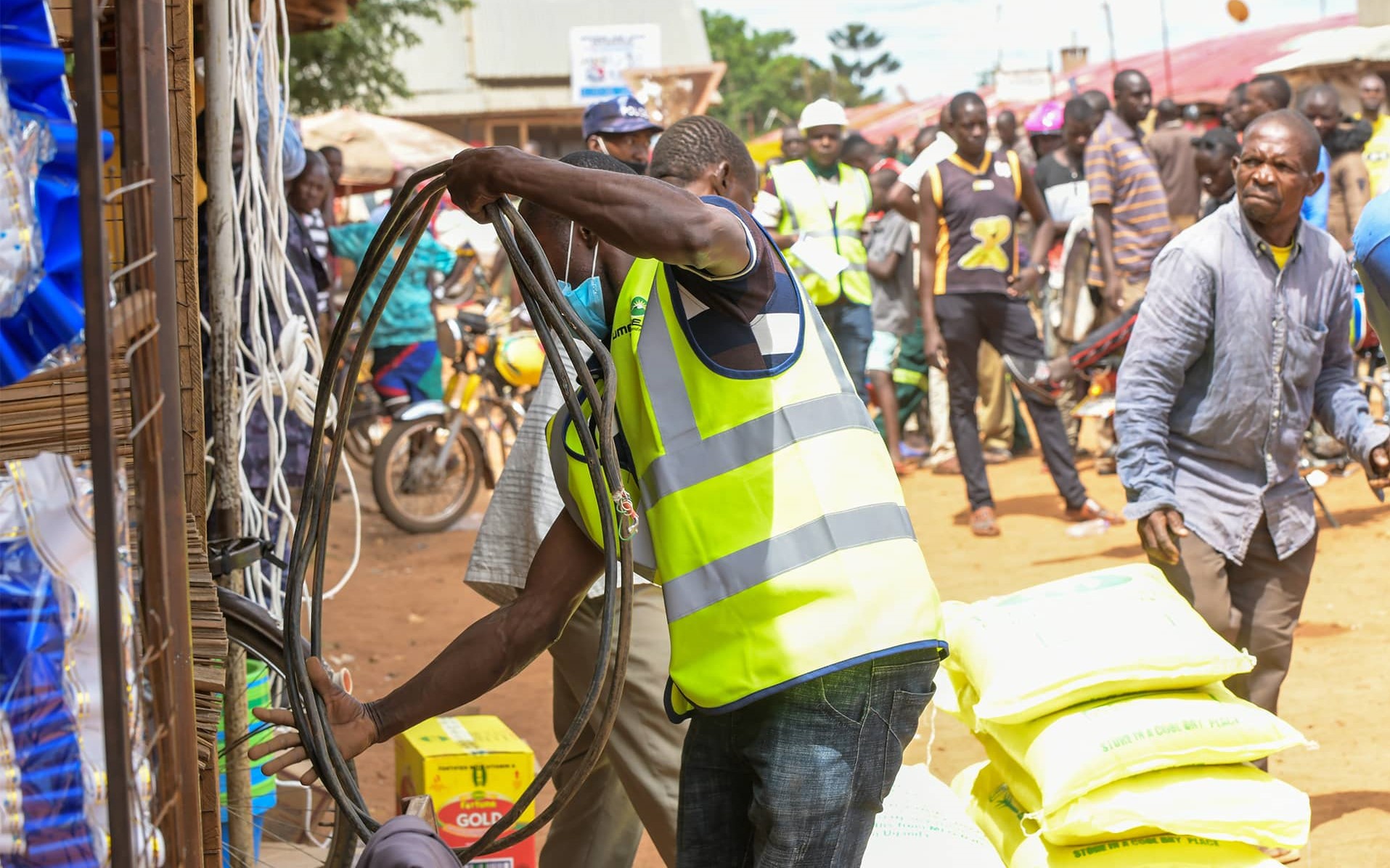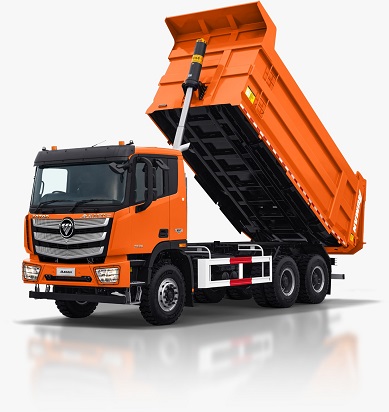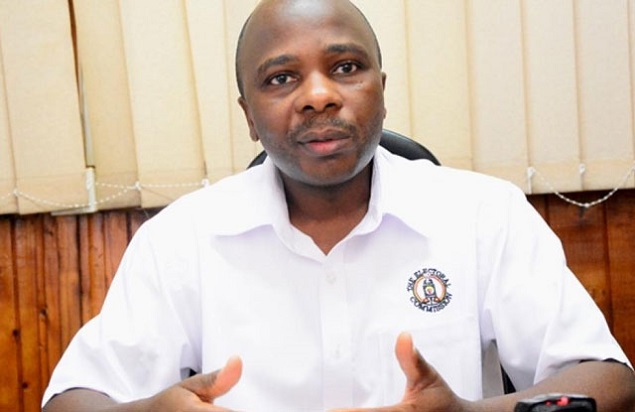As the country grapples with the domestic production of vegetable oil, the government is looking at an alternative; shea nuts to address the shortfall. Uganda currently produces 80,000 metric tons of vegetable oil, yet approximately 410,000 metric tons of vegetable oil is required per year to meet domestic demand.
This has seen the government turning to imports over the years to meet the domestic demand, with data indicating Uganda imported 381,320 Metric tons of vegetable oils worth US$289.8 million. Palm oil accounted for 97% of the vegetable oil imports in 2020 alone. Rtd. Maj. Fred Bwino Kyakulaga, the Minister of State for Agriculture says incorporating shea nuts, as one of the oil seeds, is a great strategy for addressing the shortage of vegetable oil in the country. Uganda’s national oil seed project only targets five oil seeds; groundnuts, sim sim, soybeans, sunflowers, and oil palm.
According to Maj. Bwino, the government intends to start following up on the records of domestic production and export of shea butter, which is extracted from shea nuts. “We shall start following it up to know how much moyao (shea butter) Uganda produces, how much of it is sent outside, and how much is retained in the country for local consumption so that we can add it to the calculation of our local production of vegetable oil so that we know the deficit.” He said.
Adding “We must look at issues of extraction of oil to get crude oil. We must look at the issues of refining that oil according to international standards because this is an export product,” he emphasized. Despite the abundance of shea trees in the country, the annual production of shea nuts remains at a paltry 3 tons per year compared to the global demand of over 350,000 tons.
The Indigenous fruit trees mainly from the Nilotica shea variety grow mostly in the sub-regions of Lango, Acholi, Karamoja, and parts of West Nile. For years, shea nut fruits have been harvested locally, and processed to serve various purposes including cooking, cosmetics, food, medicines, and cultural rituals. According to Kyakulaga, extensive research on issues of yield, profitability of the shea nut value chain, harvest and post-harvest handling, extraction of oil, and farmer organization will help in the protection, production, and promotion of shea butter.
In 2006, President Yoweri Museveni directed the Ministry of Agriculture, Animal Industries and Fisheries to take up shea nut trees as a cash crop and ensure that the tree is protected. This is also stipulated in the National Forestry and Planting Act, 2003 section 30, Regulation 16 which specifies the shea nut tree as a Reserved tree.
However, the Minister of State for Agriculture says more has to be done because listing it as a reserved tree is not enough. “The ministry should do more. You cannot put the shea nut tree in the same classification as the mango tree, as other trees, I’m seeing all other trees categorized as reserved,” Minister Bwino said.
Adding that, “The shea nut tree must not be cut at all, because this very regulation gives the district council permission to issue permits to cut the shea nut tree, the shea nut tree should never, never be cut at all unless it is being cut only for national infrastructure.”
Currently, the government is implementing the National Oil Seeds Project, a 600 billion shillings seven-year initiative rolled out in 2021 to support smallholder farmers in 81 districts in oil seed production, value addition, and market linkages. Maj. Bwino says shea butter will be added to crops under this project.
Grace Freedom Kwiyucwiny, the former Minister of State for Northern Uganda proposes that the government should invest in shea production through the adoption of modern agricultural practices, ensuring farmers have access to necessary technical, logistical, and administrative support.
Kwiyucwiny believes people living along the Ugandan shea belt would have been wealthy by now since the best shea nut comes from their districts. She urged them to change their mindset from cutting down shea trees for charcoal to adding value.
“God planted it for a reason, to protect us from our environmental and climatic changes which are negative to us then for you, you come and cut it. Don’t you think you are bringing curses upon yourself, upon your family, upon your generation?” She wondered.
According to her incorporating shea butter into the Parish Development Model (PDM), one of the latest government initiatives in driving out poverty at the parish level would be a lucrative approach.
Considered valuable for the lucrative charcoal business, the shea tree population has over the years been on the decline owing to indiscriminate cutting for the production of charcoal. Lango Sub-region alone has lost vast chunks of shea tree covers, a vice that has called for community-led intervention to protect and restore the natural shea trees.
Ojok Okello, the Executive Director of Okere City, a Community-based Social Enterprise that is promoting the protection of shea trees and its products in Otuke District, says shea and its products are cultural assets for the people of Lango and must be protected.
Under the Okere City initiative, the communities have planted over 50,000 shea trees as one way of protecting it from extinction, but also to support the shea butter cooperative society, their biggest source of livelihood.
Okello says shea butter can be Uganda’s niche export; the product that only Uganda can export to the World arguing that it’s an opportunity that should be tapped into.
David Obong Oleke, the former Permanent Secretary in the Ministry of Water and Environment is currently conserving shea trees in their family land. The plantation measuring over 98 hectares of land is located in Akwera ward, Adwari town council in Otuke district. Obong Oleke emphasized the need for strong enforcement of policies and laws against cutting down trees.
Similarly, John Charles Odur Kami, Bishop Emeritus urged communities to protect shea nut trees in order to enjoy its benefit.
Patrick Onyanga, the Otuke District Senior Environment Officer explained that both the community and the district are working together to ensure the shea nut trees are protected through training and sensitization.
Non- non-governmental organizations such as the International Union for Conservation of Nature (IUCN) have also joined in the fight to protect shea trees in the districts of Alebtong, Lira, and Otuke. The aim is to help provide alternative sources of livelihood to communities who would otherwise depend on cutting shea trees for charcoal for their survival.
Gertrude Ogwok, IUCN’s field officer noted that with interventions such as the Community Environment Conservation Fund (CECF), the communities can have other alternative sources of livelihoods.
“We are sensitizing but also we are showing the community the value that we have with our shea in Uganda and right now as I talk we are working on strategies on how to link our communities and our shea products to the international market,” she said. She asked the government to help Shea processors market their products at the international level.
Charles Opio, the Otuke District Commercial Officer said protecting shea trees has not only boosted the livelihood of women in the business but also local revenue for the district.
Betty Acen, a resident of Abar-yao village, Okere parish in Adwari Sub-county, said that the shea trees should not at any one point be cut down to avoid insecurity during harvest.
“…Let’s say for example I have not cut down mine and my neighbor cut his, he may become a problem to me because when it’s time for harvest, those people who do have cut the shea trees in their gardens start stealing from us, and sometimes they can attack you using a panga when you find them collecting from your garden at night. So the ones growing naturally and those that are being planted should not be cut so that everyone has a shea tree from where they collect the nuts from their own…” she says.
Acen, who planted 120 shea nut trees, said she has been able to support her children through school as well as buy ox-plough for her family. Betty Apio, a local shea butter processor in Otuke district wants the government to construct a shea processing machine in Otuke saying women lose a lot from the local way of extracting the butter from the nuts.
Uganda targets to produce 2,000 tons of shea butter per year, and enhanced enforcement of regulations on quality assurance would ensure standardization of Shea butter to meet international market standards.





